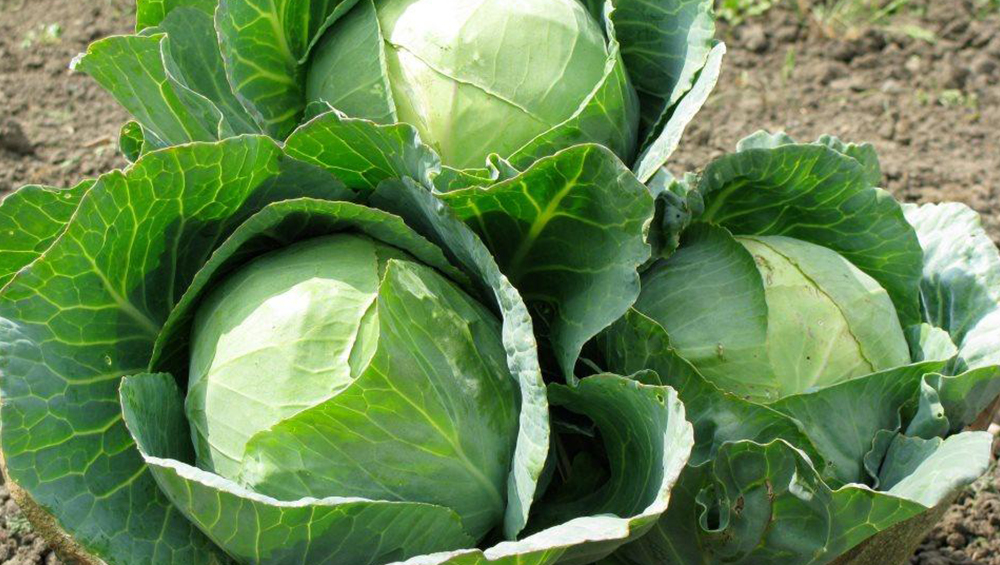Mix one wheelbarrow of soil to another of decomposed manure. Mix 50g of DAP in that mixture in order to enhance root establishment. Fill the mixture in pots and put one seed per pot. Arrange the pots in order and cover them with grass. Water every morning. Remove the grass after a week or upon germination. Spray the seedlings with a mixture of 1ml of cypermethrin and 5g of mancozeb with a 1litre sprayer. Spraying is done once per week in order to protect the seedlings from fungal diseases and pests. Seedlings are ready for transplanting after three weeks. Transplanting in the evening is ideal in order to avoid the hot temperatures of the afternoon.
Cabbage family (Brasicca family) growing guide
Cabbage Variety: Blue dynasty, Victoria F1, Michelle F1, Rossy F1
Broccoli variety: Heritage
Nursery bed preparation.
Potting is ideal for producing vigorous seedlings from the nursery.
Procedure
Mix one wheelbarrow of soil to another of decomposed manure. Mix 50g of DAP in that mixture in order to enhance root establishment. Fill the mixture in pots and put one seed per pot. Arrange the pots in order and cover them with grass. Water every morning. Remove the grass after a week or upon germination. Spray the seedlings with a mixture of 1ml of cypermethrin and 5g of mancozeb with a 1litre sprayer. Spraying is done once per week in order to protect the seedlings from fungal diseases and pests. Seedlings are ready for transplanting after three weeks. Transplanting in the evening is ideal in order to avoid the hot temperatures of the afternoon.
Main garden
Spacing: 60cm by 60cm. Creat furrows in rows were the seedlings are to be transplanted. Put manure in the furrows. Dig holes for the transplants and incorporate DAP blended with Physiolith in holes 15 grams per hole. Mix the blend with the soil in the holes. Two weeks from transplanting, top dress with Urea 10 grams per plant. Two weeks from application of Urea top dress with 10grams of NPK.
Diseases of cabbage family.
Cabbage blue dynasty is resistant to black rot. Common diseases are black leg, downy mildew, alternaria leaf spot, sclerotinia blight, damping off, club root.
Control
Avoid the environment that favors fungal diseases I.e avoiding water on the leaves, avoiding weeds in the garden they can become alternate hosts, remove diseased leaves that have fallen the ground. Conduct regular scouting in the garden to check for signs of diseases. Do preventive sprays of preventive fungicides I.e. Mancozeb and copper based fungicides. Preventive sprays should be done at least twice a week in a dry season and thrice in a wet season. Incase of manifestation of disease curative fungicides should be used e.g Ridomil, tatamaster or emexyl they all have the same active ingredient I.e mancozeb and metalaxyl. Curative fungicides can prevent, cure eradicate diseases. 70 grams of preventive fungicides in 20 liters of water should be Ideal dosage for control of the disease,whereas for curative fungicides 50grams in 20 liters of water is ideal.
Pests
Common pests. Mites, thrips, aphids, whiteflies. They are commonly sucking insects. They sac sap out of the leaves, causing leaves to lose the photosynthetic potential because of loss of the green color.
Control
Regular scouting for pests. Destroying alternative hosts like weeds from the field. Conducting insecticidal sprays.
Recommended pesticides
Durban, larva,tarfgor, cypermethrin, rocket
Note: Alternating these pesticides can be more effective in controlling the pests because sticking to one pesticide can bring about resistance of the pests to the insecticide.
Harvesting.
Cabbage and broccoli are ready for harvesting after 75 days from transplanting.




